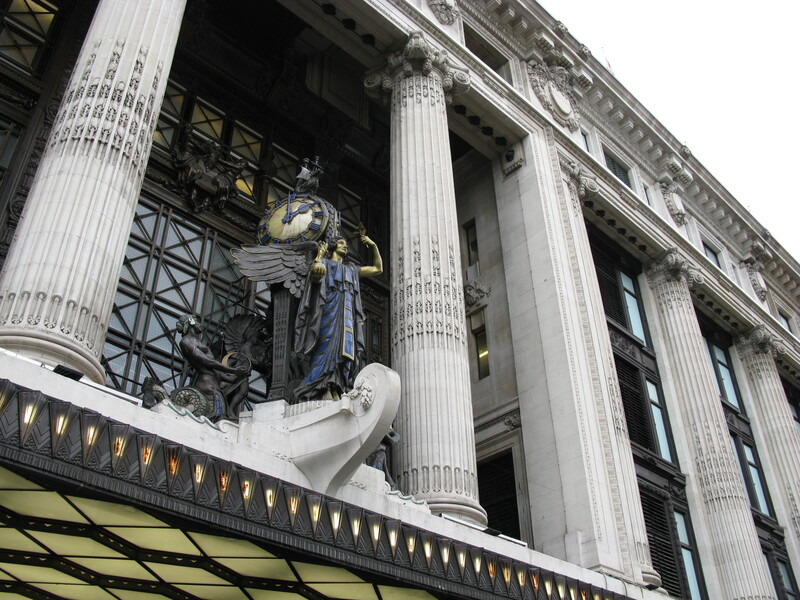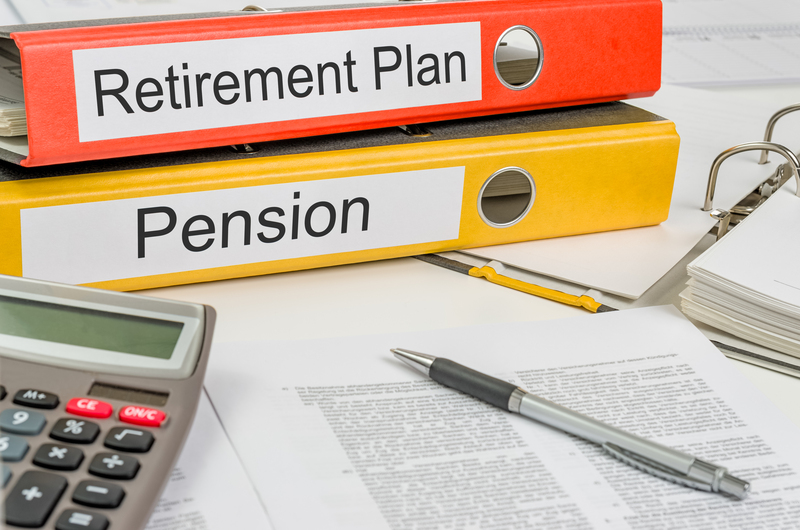The True Costs of Moving a Piano Yourself and Why Pros Are Worth It
Moving a piano might seem like a straightforward task -- after all, how hard can it be to roll a musical instrument from one home to another? However, anyone who has attempted a DIY piano move can vouch for the challenge, the risks, and the often unforeseen expenses involved. In this article, we'll break down the true costs of moving a piano yourself and explore the many reasons why hiring professional piano movers is usually the best, safest, and most cost-effective route.
Understanding the Challenges of Moving a Piano
Pianos are not ordinary pieces of furniture. They are heavy, delicately balanced musical instruments with thousands of moving parts. The smallest spinet can weigh over 300 pounds, while a grand piano can easily tip the scales at 1,200 pounds or more. Beyond the weight, their uneven shape, sensitive inner workings, and fragile exterior finishes make them uniquely challenging to move.
- Upright pianos: Range from 300 to 800 lbs
- Baby grand pianos: 500 to 650 lbs
- Concert grand pianos: 900 to 1,200+ lbs
Incorrect handling can not only result in costly repairs to the piano itself but also cause damage to property, serious injuries, or worse. For these reasons, the actual costs of a self-move often go far beyond what's initially expected.

The Visible and Hidden Costs of DIY Piano Moving
1. Equipment Rentals and Purchase
Successfully moving a piano without professional help requires specific tools and materials. Many forget to factor these into their budgets:
- Piano dolly or heavy-duty moving dolly (rental: $30-$75/day)
- Moving straps and blankets (purchase or rental: $20-$60)
- Furniture sliders to prevent floor damage (about $20-$30)
- Padding and shrink wrap for surface protection
- Stair ramp (may be needed for multi-level moves)
- Truck with lift gate or ramp (rental: $100-$250 per day)
All these expenses add up quickly, especially if you don't already have access to a suitable vehicle or moving equipment.
2. Labor and Time--which Both Cost Money!
It's not likely that one person can move a piano safely. This means you'll need friends or family willing to help, who may not have the right experience or physical ability. Organizing, prepping, and executing a safe move might take several hours or a full day out of your busy schedule.
Questions to consider:
- Do you have at least 3-4 strong, able-bodied people available?
- Are you prepared for the move to take all day--or possibly longer?
- Will your helpers expect compensation or return favors?
Time is money, and forgotten effort can be a silent drain on your resources.
3. Risk to Your Health and Safety
Without proper technique and equipment, DIY piano movers risk serious injury. Common accidents include:
- Back injuries from improper lifting
- Crushed fingers or toes
- Slips or falls (especially on stairs or uneven ground)
- Muscle strains, sprains, or even fractures
Even a small piano can cause injury if it tips, shifts, or falls. The cost of a single injury could far outweigh any savings from moving the instrument yourself. Emergency room visits, physical therapy, or even time lost from work can be significant and are rarely considered in advance. Your health is priceless.
4. Potential Damage to the Piano
Pianos are both heavy and delicate. Mishandling during a move can lead to:
- Broken legs, pedals, or casters
- Scratches, dents, and chipped veneer
- Broken strings or hammers (which may require expensive repairs)
- Alignment or tuning issues from being jarred
Professional repair costs for a damaged piano can range from $150 for minor cosmetic work to thousands for more serious mechanical repairs. In extreme cases, the piano may even become unplayable.
5. Damage to Home and Property
This is often the most overlooked risk of DIY piano moving. Squeezing a piano through tight hallways, sharp corners, or narrow stairwells can result in:
- Holes or dents in drywall
- Scratched or damaged flooring
- Broken moldings, door frames, or stair railings
- Damaged landscaping or walkways
Repairs to floors or walls can be costly, easily running hundreds or even thousands of dollars depending on the extent of the damage.
6. The Cost of Tuning and Recalibration
Even in the best-case scenario, most pianos will require tuning following a major move, as the change in location and temperature can disrupt their inner stability. This service is typically $100-$200 but may be more if extensive adjustments are needed due to rough handling.
In sum, the oft-touted "cheapness" of a DIY move rarely tells the whole story. Many piano owners end up wishing they'd invested in professional piano moving services from the outset.
Why Professional Piano Movers Are Worth the Cost
When you weigh the risks, hidden fees, and labor involved with a self-move, it quickly becomes clear why hiring professional piano movers is worth every penny. Here are some of the benefits you gain by investing in expertise:
1. Specialized Skills and Experience
Professional piano moving companies employ technicians who are specifically trained in handling all shapes and sizes of pianos. They understand structural vulnerabilities and know the best methods for safe transport, loading, and unloading--even in tight or difficult spaces.
- Grand, baby grand, upright, or digital: Movers tailor their approach.
- Tight corners, stairs, or narrow doorways: Pros know how to navigate tricky spaces without causing damage.
- Proper tool usage: They use industry-standard equipment designed for piano safety.
2. Insurance and Peace of Mind
Nearly all reputable piano movers are licensed and insured. If (in the rare event) damage occurs to your piano or property, insurance covers the repair costs. Unlike personal liability during a DIY move, you aren't stuck paying for accidental damage or medical bills from an injury.
3. Accountability and Professionalism
With a professional piano mover, you have a clear contract and point of contact. They provide arrival times, written estimates, and guarantees. This commitment to service removes common stresses and ensures the job is completed efficiently and safely.
4. Proper Equipment and Tools
Pros come prepared with all the specialized tools, dollies, padding, and ramps needed for safe piano movement. Their equipment is designed to support the unique weight and shape of pianos and to protect both your instrument and home.
5. Time Savings
Because of their experience and team-based approach, professional piano movers can typically complete moves in a fraction of the time it might take amateurs. What could take you a whole day is done in just a couple of hours, freeing you to focus on settling into your new space (or playing your piano, once it's safely set up).
6. Long-Term Value for Your Piano
Professional piano movers maintain the health and value of your instrument. Their careful handling minimizes the risk of costly repairs and helps preserve the piano's sound quality and appearance for years to come.
How Much Does It Cost to Hire a Piano Mover?
While the cost of a professional piano move varies, it is often more affordable than most homeowners assume -- and much less than the potential losses from an unsuccessful DIY attempt.
- Local upright piano moves: $150-$350
- Grand pianos, stairs, or long distances: $350-$1,000 or more (depending on complexity, mileage, and obstacles)
These rates typically include full equipment, padding, insurance, and labor. When you compare this to the cumulative expenses, risks, and the value of your peace of mind, it becomes clear why hiring professional piano movers is worth it.
Real Stories: When a DIY Piano Move Went Wrong
Still tempted to try moving your valuable instrument yourself? Here are just a few real-world incidents that highlight hidden dangers and subsequent costs:
- A family in Denver tried to move an upright piano down a staircase and lost control--causing a hole in the wall and a broken pedal. Repair costs: Over $1,000 for repairs, plus $300 for tuning and recalibration.
- A couple in Boston attempted to wheel a baby grand through a narrow hallway. The piano got wedged, scratching both the finish and the hardwood floors. Refinish/repair: $700 for the piano; $500 for floor refinishing.
- During a college move, a student injured their back trying to lift a spinet from a basement. Medical and physical therapy: $1,400 out of pocket, not to mention weeks off work.
Each of these homeowners ended up spending more than the price of a professional move, not including the stress and lost time.

Tips for Choosing Professional Piano Movers
If you want to ensure the best experience and safeguard your piano investment, follow these tips when choosing a piano moving company:
- Check for proper licenses and insurance--don't risk uninsured laborers.
- Read reviews and check for a track record of safe, successful piano moves.
- Ask about their piano-moving process and equipment used.
- Request a written estimate and inquire about any extra fees (stairs, long carries, etc.).
- Confirm insurance covers both your piano and your property.
Taking these precautions ensures you get the value you expect from your professional piano mover and that your treasured instrument arrives safely to your new home.
Conclusion: The Real Price of Moving Your Piano Alone
Moving a piano yourself is rarely as straightforward or inexpensive as it seems. Beyond equipment rentals and the physical labor, hidden costs can pile up in the form of injuries, damages, and time lost.
Hiring professional piano movers gives you peace of mind, saves time, and protects your investment. Their experience, equipment, and insurance ensure a safe, efficient, and stress-free move.
Don't risk your safety or your piano's future. The next time you need to move your piano, consider the true cost and invest in professional expertise. Your instrument -- and your back -- will thank you!
```


